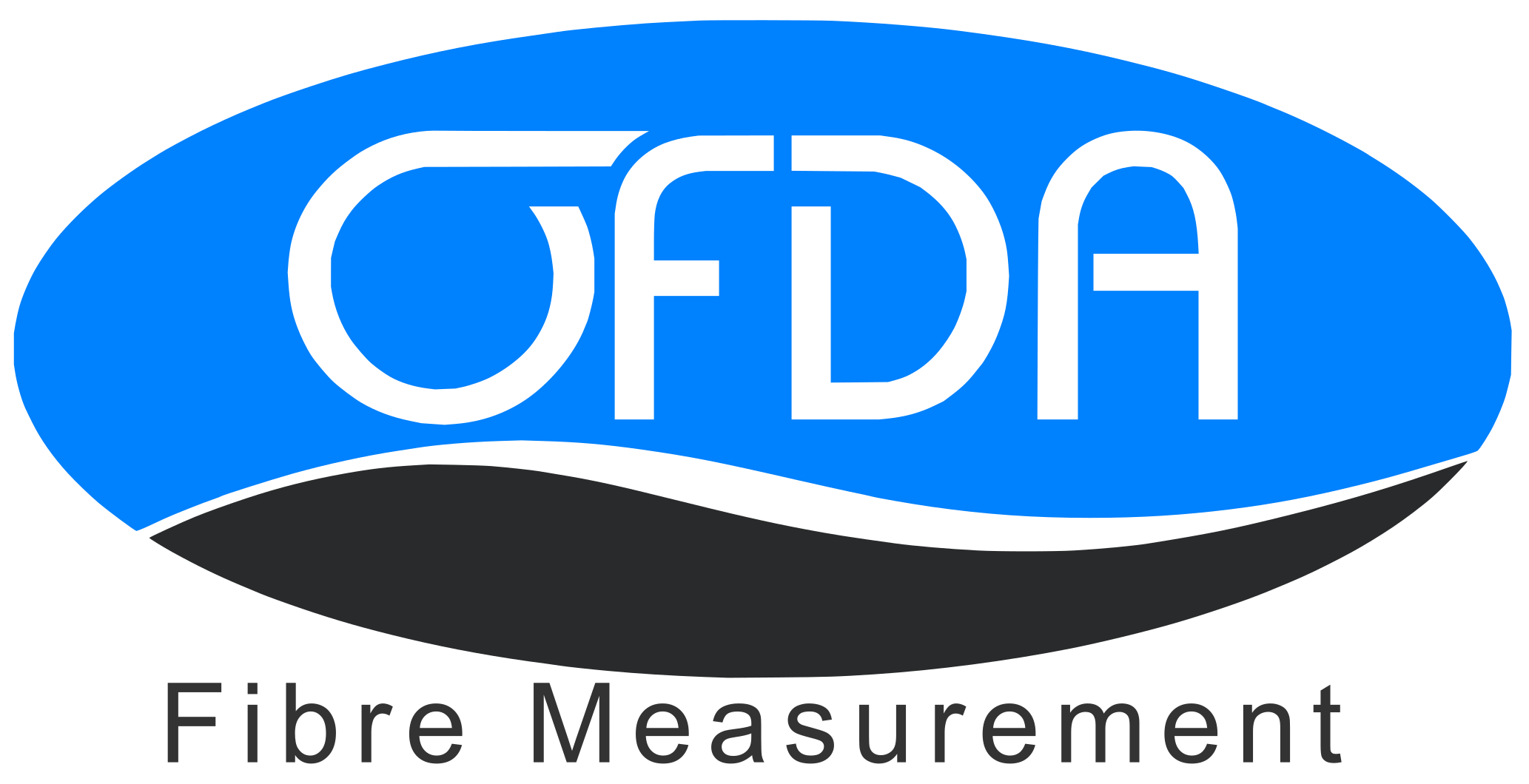What is a Micron? A Key Measurement in Fibre Analysis
- Thomas Hegerty
- Feb 25
- 3 min read
In the world of textiles and fibre analysis, precision is everything. One of the most critical measurements used to assess fibre quality is the micron. But what exactly is a micron, and why is it so important in determining fibre characteristics? Let’s explore the science behind microns and their role in textile production, with a focus on how Optical-based Fibre Diameter Analysers (OFDA) play a vital role in ensuring accuracy and consistency.
Defining the Micron: A Unit of Precision
A micron (µm), short for micrometre, is a unit of measurement equivalent to one-millionth of a metre (1µm = 0.001mm). It is used in fibre analysis to measure the diameter of individual fibres, helping to determine their fineness, softness, and overall quality.
To put microns into perspective:
A human hair is approximately 50–100 microns in diameter.
The finest merino wool can measure as low as 13 microns.
Coarser wool, such as carpet wool, can range from 30 to 40 microns.
For the textile industry, measuring fibre diameter in microns is essential because it directly influences the softness, durability, and market value of fibres.
Why Fibre Diameter Matters in Textiles
The diameter of a fibre, measured in microns, determines several key properties:
Softness: Finer fibres (lower micron count) feel softer and are often preferred for high-end textiles, such as luxury wool garments.
Strength & Durability: Coarser fibres (higher micron count) are stronger and more resistant to wear, making them suitable for upholstery and industrial textiles.
Elasticity: The micron count affects a fibre’s flexibility and how well it retains its shape over time.
Thermal Insulation: Finer fibres trap air more effectively, providing better warmth with less weight.
Understanding these factors is essential for textile manufacturers, fashion designers, and consumers who seek high-quality materials tailored to specific applications.
How Optical-based Fibre Diameter Analysers Ensure Accuracy
At Robotic Vision, we specialise in Optical-based Fibre Diameter Analysis, ensuring textile fibres meet the highest industry standards. Our state-of-the-art instruments, such as the OFDA2000 and OFDA4000, provide rapid, precise, and reliable fibre measurements that help manufacturers optimise fibre selection and processing.
The Role of OFDA Technology in Micron Measurement
Highly Accurate Fibre Diameter Measurement: OFDA instruments measure fibre diameter at an incredibly precise scale, helping textile producers sort fibres based on micron count.
Real-time Data Processing: Instant analysis allows for immediate adjustments in production to maintain quality consistency.
Fibre Curvature & Length Assessment: In addition to diameter, OFDA technology evaluates fibre structure and length for a comprehensive quality profile.
With these capabilities, Robotic Vision’s OFDA solutions help textile manufacturers maintain uniformity, improve product quality, and enhance efficiency in fibre processing.
Applications of Micron Measurement in Different Fibre Types
Wool Industry
In wool classification, fibre diameter is the primary factor determining quality. For instance:
Ultrafine Merino Wool: Below 17 microns (ideal for luxury garments)
Fine Wool: 18–22 microns (used in premium knitwear and suiting fabrics)
Medium Wool: 22–30 microns (for sweaters and outerwear)
Coarse Wool: Above 30 microns (for carpets and upholstery)
Cotton and Other Plant-based Fibres
While cotton is not measured in microns in the same way as wool, fibre fineness and staple length play a similar role in determining quality. OFDA technology is used in research and development to optimise plant-based fibre analysis.
Synthetic and Blended Fibres
Micron measurement also applies to synthetic fibres like polyester and nylon, helping manufacturers create blends that mimic the softness and durability of natural fibres while enhancing performance.
The Future of Fibre Analysis and Precision Measurement
As the demand for high-quality and sustainable textiles grows, advanced fibre analysis technologies like OFDA2000 and OFDA4000 are becoming industry standards. With micron-level precision, manufacturers can fine-tune their products to meet consumer expectations and industry requirements.
At Robotic Vision, we are committed to advancing fibre analysis through cutting-edge technology, ensuring that every fibre meets the highest standards of excellence.
Enhance Your Fibre Analysis with Robotic Vision
Achieve unparalleled precision in fibre measurement with Robotic Vision’s Optical-based Fibre Diameter Analysers. Whether you're in wool production, textile manufacturing, or fibre research, our technology provides the accuracy and efficiency you need to excel.
Visit our website and contact us today and take your textile quality to the next level!





Comments